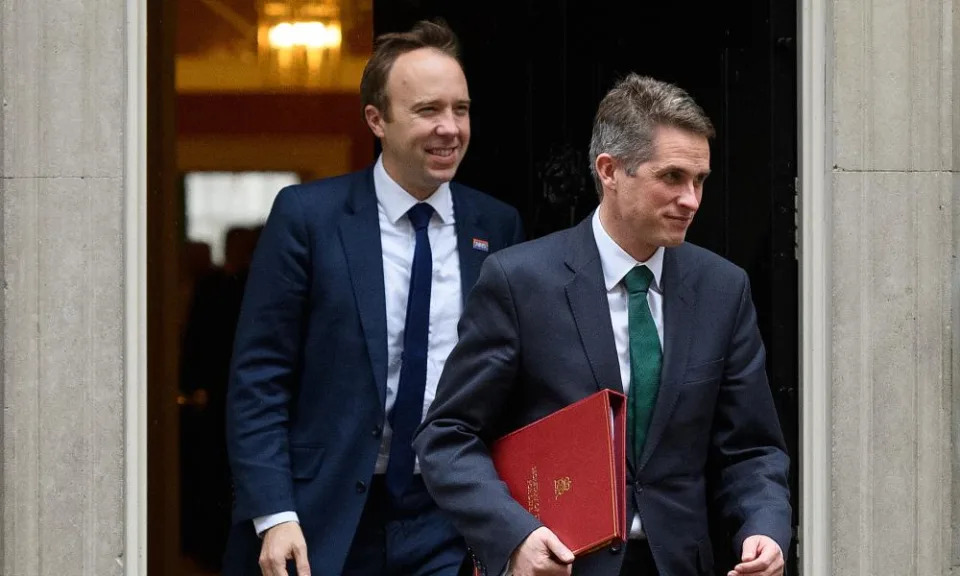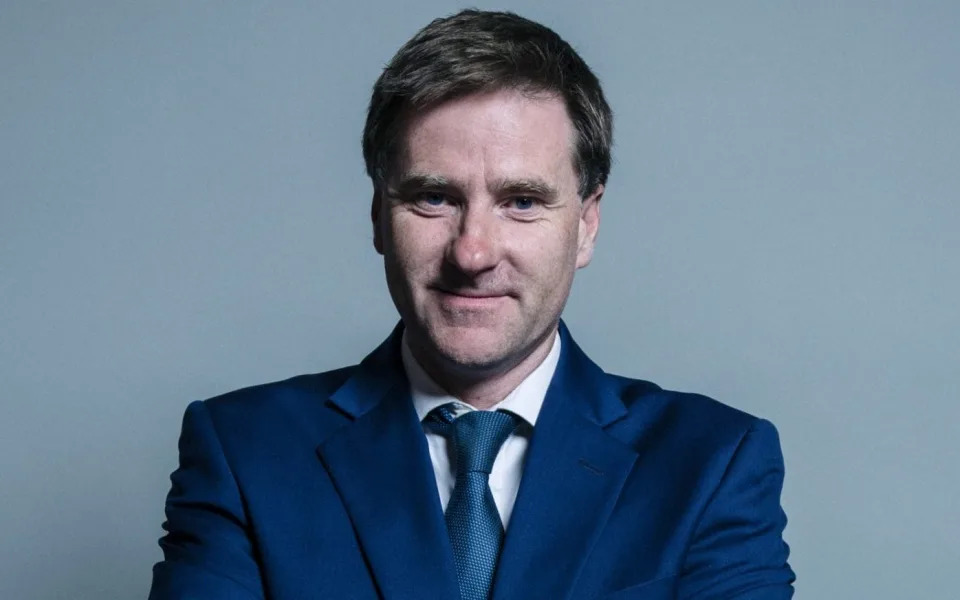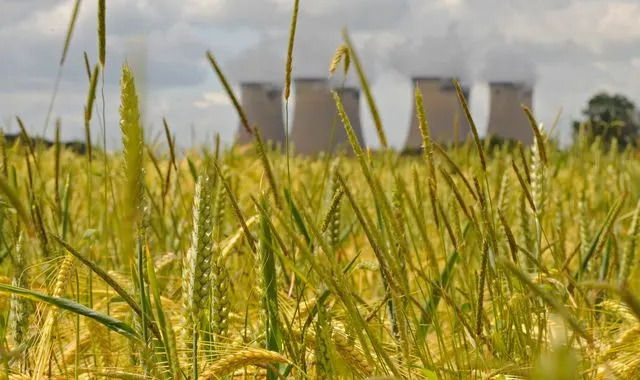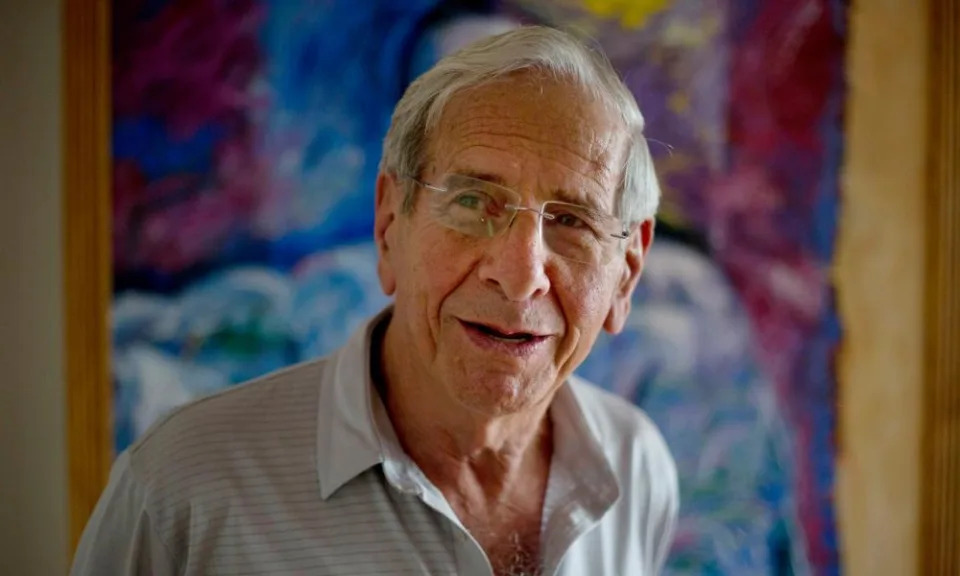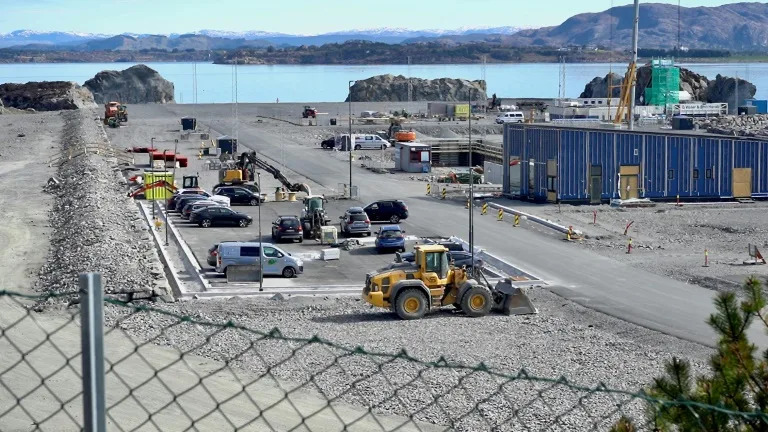Helena Smith in Athens
Wed, 8 March 2023

Photograph: Louisa Gouliamaki/AFP/Getty Images
Tens of thousands have staged protest rallies in Greece as anger over a train disaster that plunged the country into mourning a week ago intensified amid widespread industrial action.
In cities nationwide, as workers staged a 24-hour general strike, demonstrators voiced fury over an accident that left 57 dead when two locomotives collided head on and at high speed outside the town of Tempe. It was the deadliest train crash on record in Greece.
“There is a lot of anger, a lot of rage,” said Sofia Amorianou, 60, as she walked around Athens’ main Syntagma square holding a banner emblazoned with the words “Their profits, our dead.”
“In a minute, the narrative of development and growth, of Greece progressing, totally collapsed. In a minute our children died. People feel very vulnerable, very shocked.”
Many of those killed in the 28 February collision, when the Thessaloniki-bound night train rammed into a freight train using the same track, were students returning from a three-day holiday. The front carriages of the passenger train, which had set out from Athens with 350 on board, exploded on impact.
The arrest of a stationmaster, accused of making the wrong point switch that put the trains on the same track, has done little to assuage public conviction that the accident could have been averted if proper safeguards were in place. Instead, revelations of staff shortages and substandard equipment, in particular the poor signalling system, have shone a light on the parlous state of the Greek rail network, and an outpouring of outrage has put the centre-right government on the defensive.
Wednesday’s protests drew crowds of more than 60,000 in Athens and the northern Greek capital of Thessaloniki, according to authorities. In both cities, violent clashes erupted when police, firing stun grenades and teargas, responded to hooded, black-clad youths hurling stones and firebombs.
With so many heeding the calls of unions and student groups to take to the streets, the prime minister, Kyriakos Mitsotakis, had been forced to take immediate remedial action and delay general elections, well-placed sources told the Guardian. Polls that had been due to take place early next month “will likely” be rescheduled for 21 May.
Five days into his new role Giorgos Gerapetritis, the new transport minister, pledged to have the railroads, whose services have been suspended, up and running again, saying it was vital that the public regain its trust in a mode of travel that was both popular and inexpensive “even though that may sound like a luxury when we have mourned so many lives”.
Experts with the EU railways agency flew into Athens as the embattled administration has promised a root-and-branch overhaul of the rail network in the hope of tempering passions. A judicial inquiry has also been fast-tracked.
But in an atmosphere that has become ever more febrile, it is clear that the tragedy has shaken MPs and heightened the prospect of political instability.
“This is more than a train collision and a tragic railway accident. You get the sense that the country has derailed,” said Nasos Iliopoulos, a spokesperson for Greece’s main leftwing opposition party, Syriza.
Mitsotakis, who initially attributed the crash to “tragic human error”, has since apologised for a collision that he, too, has acknowledged could have been prevented if proper security measures had been enforced. In a statement, he described the Greek rail system as not only flaw-ridden, but the worst expression of a country that otherwise attracts millions of foreign visitors every year.
Since 2014, the EU has injected €700m (£624m) into 16 transport projects across Greece, the vast majority of which were linked to upgrading the rail network.
The judicial investigation currently under way is looking into why EU contracts that had been signed and sealed with the bloc were never implemented. Mitsotakis had hoped to clinch the forthcoming election on the back of what his government has seen as its most enduring legacy: economic recovery, wholesale reforms and effective crisis management. Digital governance and modernisation of the ailing public sector had been widely perceived as the administration’s greatest achievements. Four years later, the rail disaster has taken a wrecking ball to that legacy.
In the eight days since the tragedy, protests have been led by student organisations able to identify with victims. For a generation raised during the country’s debt crisis – a drama that eviscerated the middle class – before enduring the rigours of lockdown with the pandemic’s prolonged closure of schools, the crash appears to be the last straw.
“This has been a disaster that has mainly affected the young,” said professor George Pagoulatos, director of the Eliamep thinktank in Athens. “It could affect the way they see the political system as not delivering and thus feed into an anti-systemic vote or widespread abstention.”


